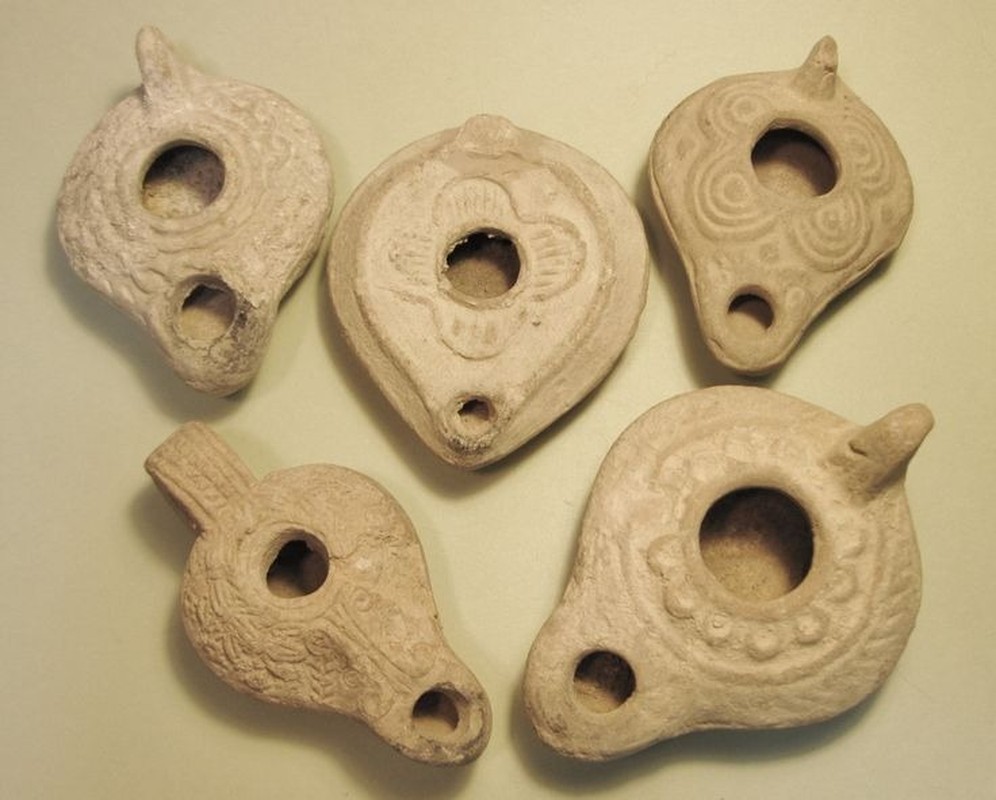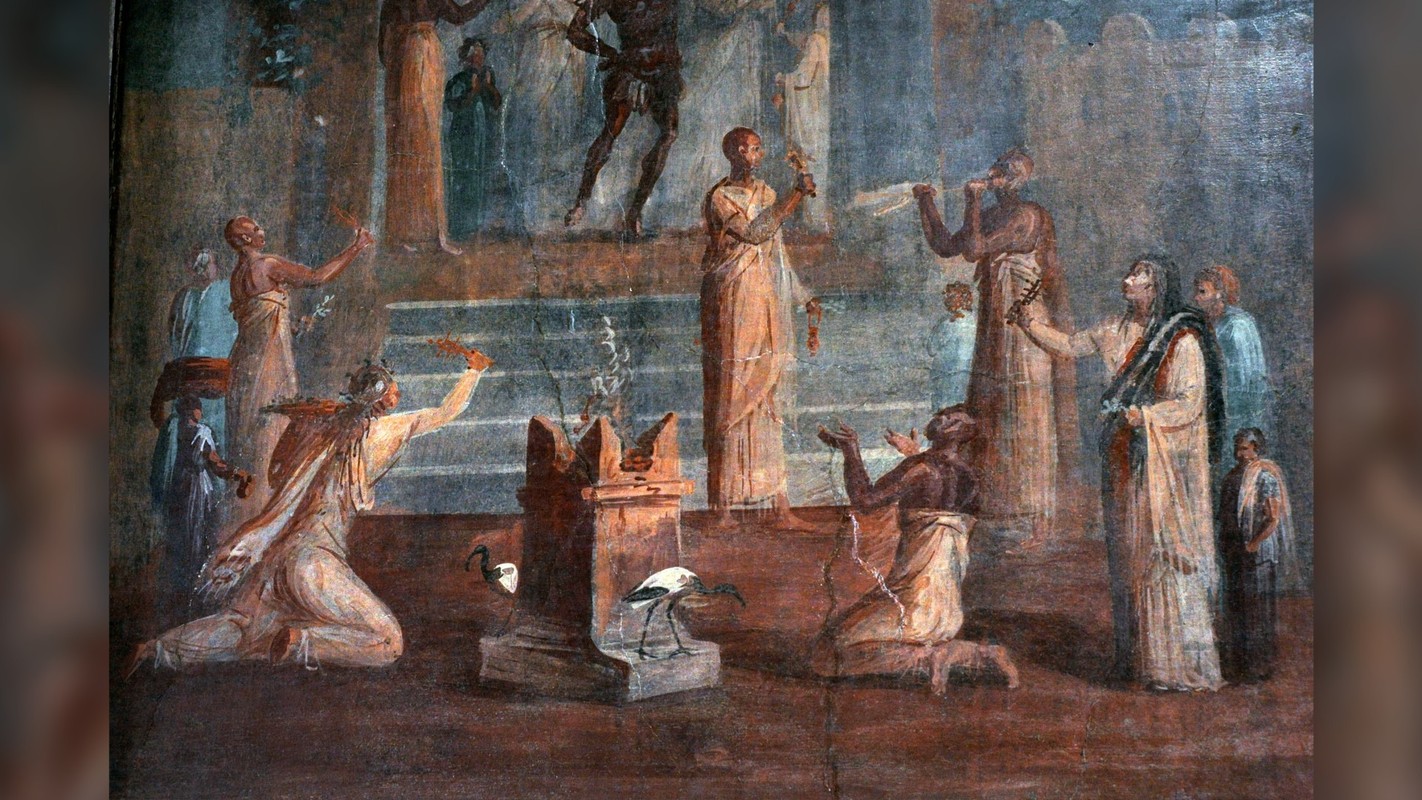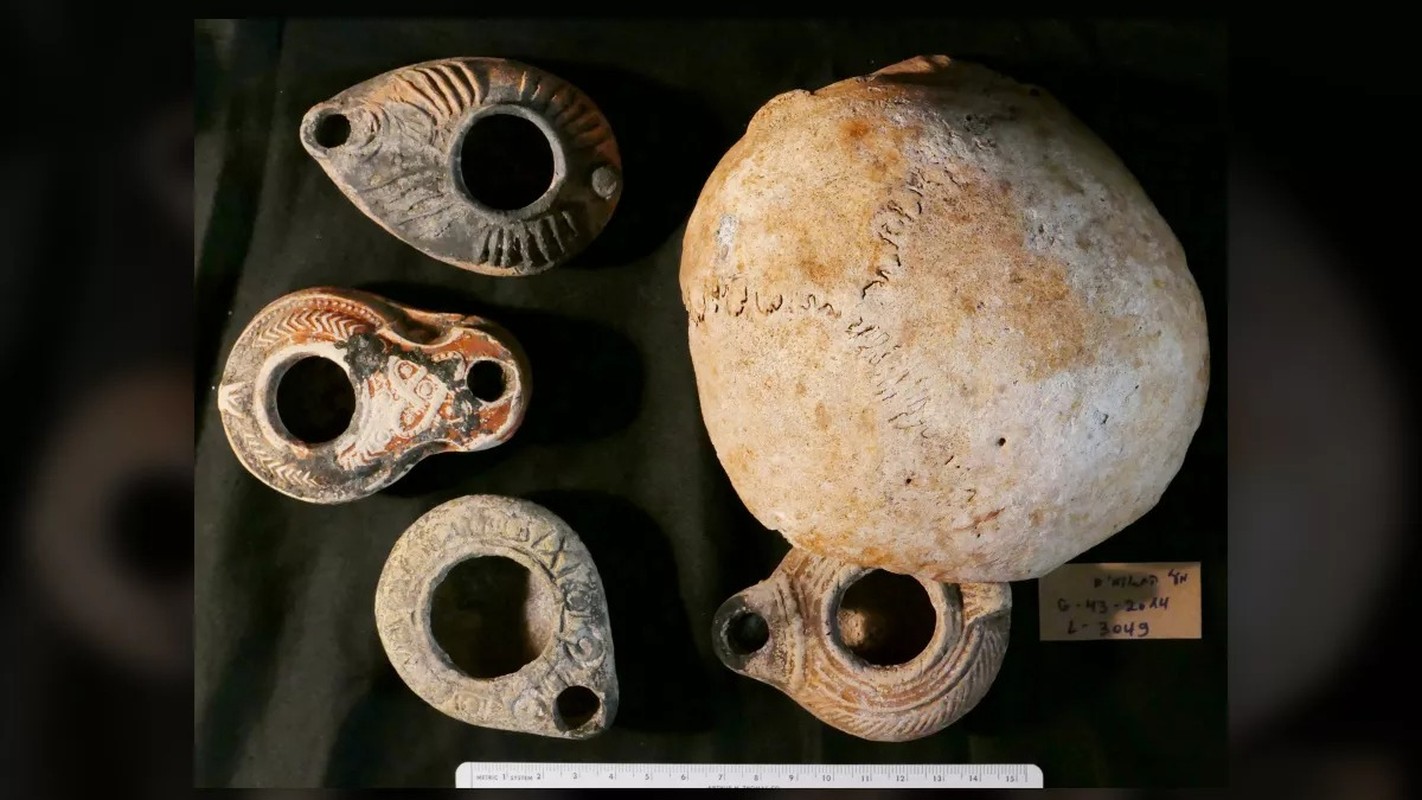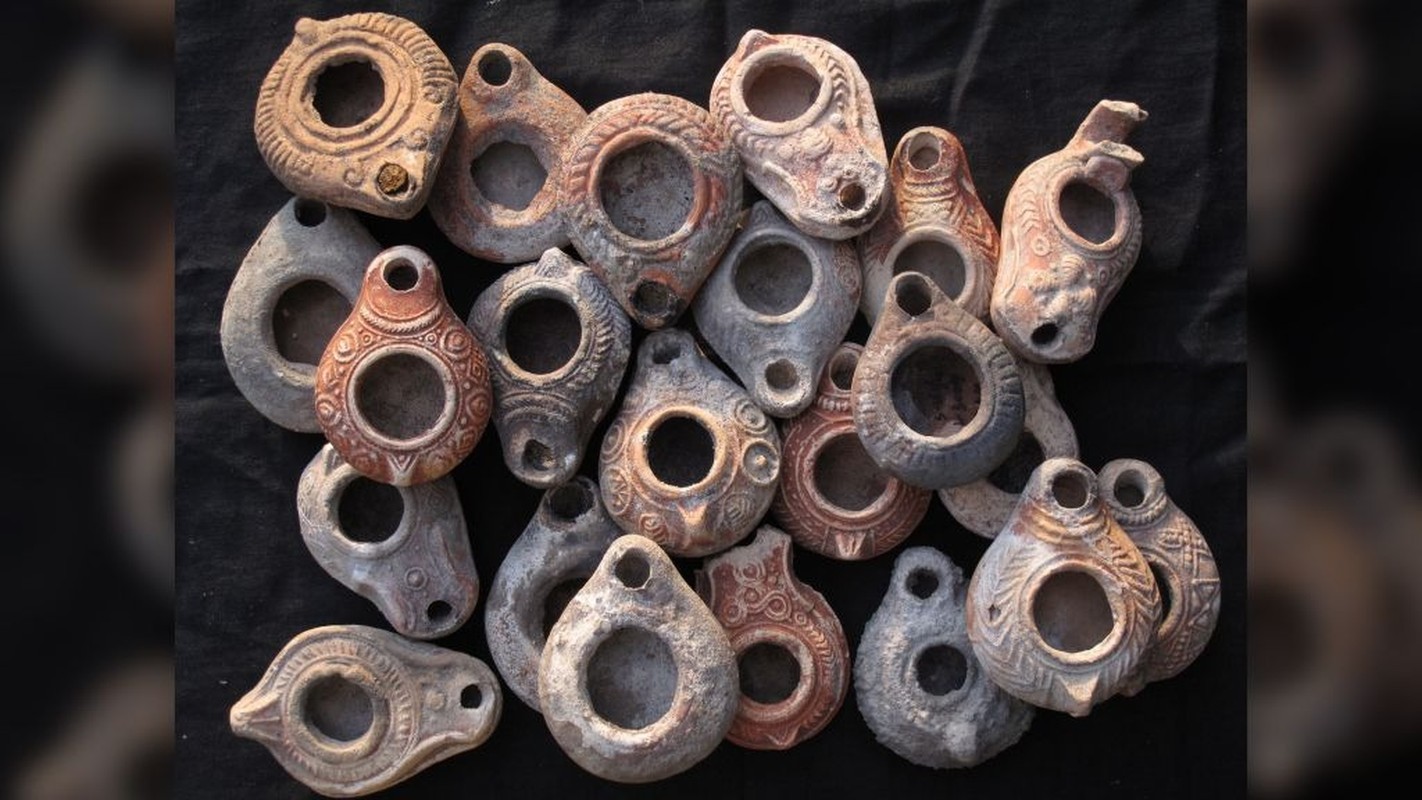Israel Human skulls and other objects in the Teomim cave are believed to have been used for necromancy – communicating with the dead – during Roman times.

Researchers found several oil lamps and human skulls in the Te’omim Cave near Jerusalem. Photo: Boaz Zissu/Te’omim Cave Archaeological Project
Scientists have discovered three human skulls, 120 oil lamps, ancient axes and spears hidden in the Te’omim Cave near Jerusalem, Live Science reported on July 17. These are evidence that during the Roman period, this place was used to perform necromancy (talking with the dead). The new study was published in the Harvard Theological Review. Based on the style of the artifacts, the research team believes that the ritual was performed in the cave during the 2nd – 4th century.
Most of the Jews living in the region were exterminated or driven out by the Roman Empire after the Jewish Bar Kokhba Revolt in 132-136, according to study author Boaz Zissu, an archaeologist at Bar-Ilan University in Israel. The Romans then settled the area with people from other parts of the empire, possibly from Syria, Anatolia and Egypt. “They brought with them new ideas, new customs and, it seems, necromancy,” Zissu said.

Necromancy was considered evil and was generally forbidden in the Roman Empire. However, many ancient cities were located near secret “oracle” sites where the ancients believed they could speak with the dead. The Te’omim Cave is one such place.

The lamps, skulls, and weapon fragments were placed in crevices in the large cave, often so deep that the team had to use long sticks with hooks on the ends to retrieve them. Zissu said the ancients may have also used sticks to place them there.

The fissures were so deep that the oil lamps could not produce much light. Initially, the team assumed they were offerings to the gods of the afterlife. But the skulls, also recovered from the fissures, suggest that the true purpose of the ritual was to try to communicate with the dead – supposedly to foretell the future. According to the team, human bones were sometimes used to communicate with the deceased after death, and the flickering flames were also interpreted as messages from the afterlife.

“This cave provides important evidence of the diversity of Roman religious practice, of the stark contrast between the caves used by Roman polytheists for religious purposes and the earliest Christian cave churches in the Holy Land,” said archaeologist Ken Dark of King’s College London.





